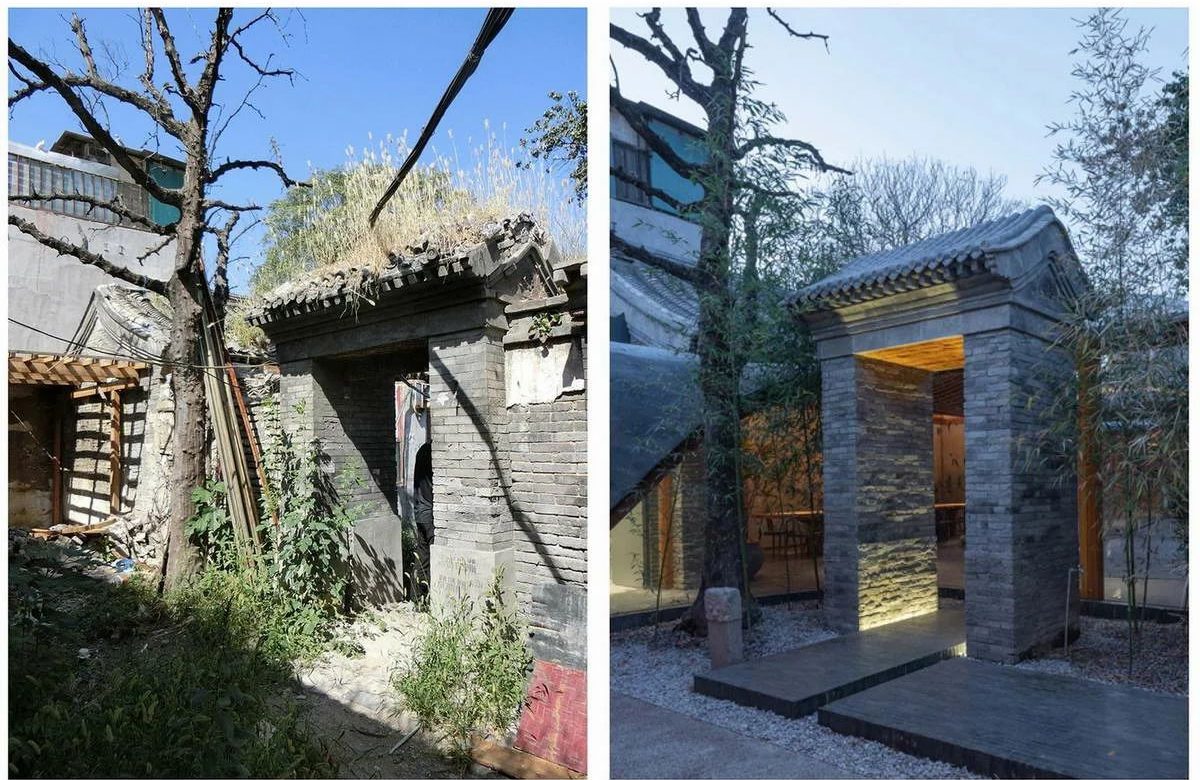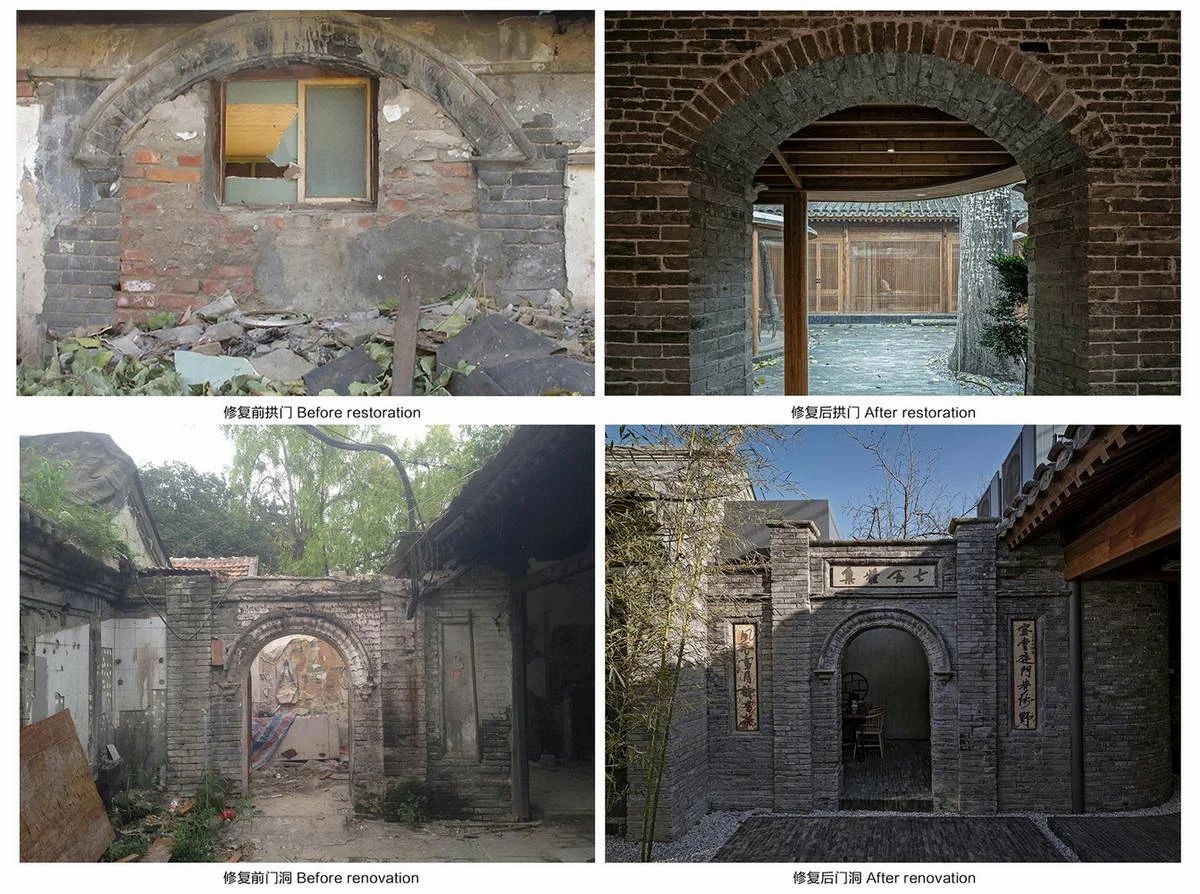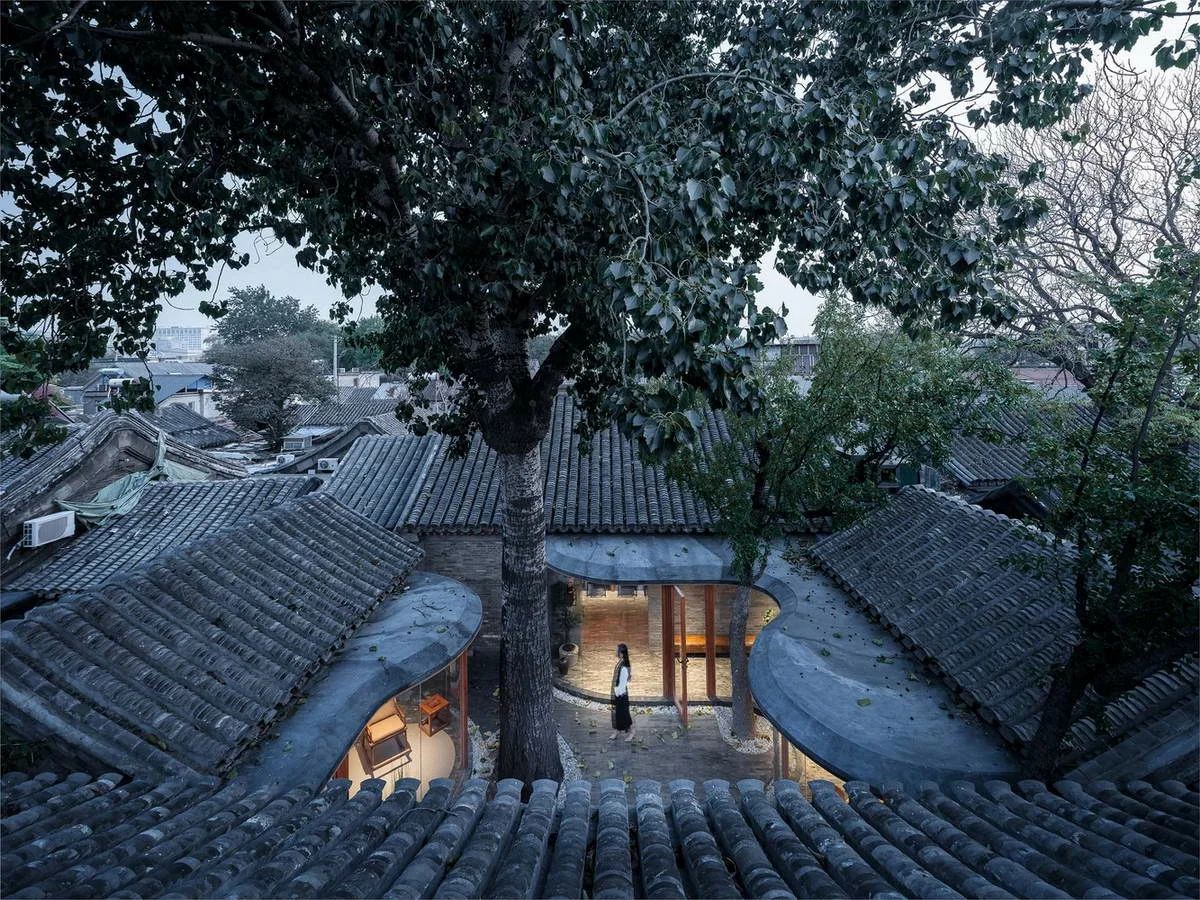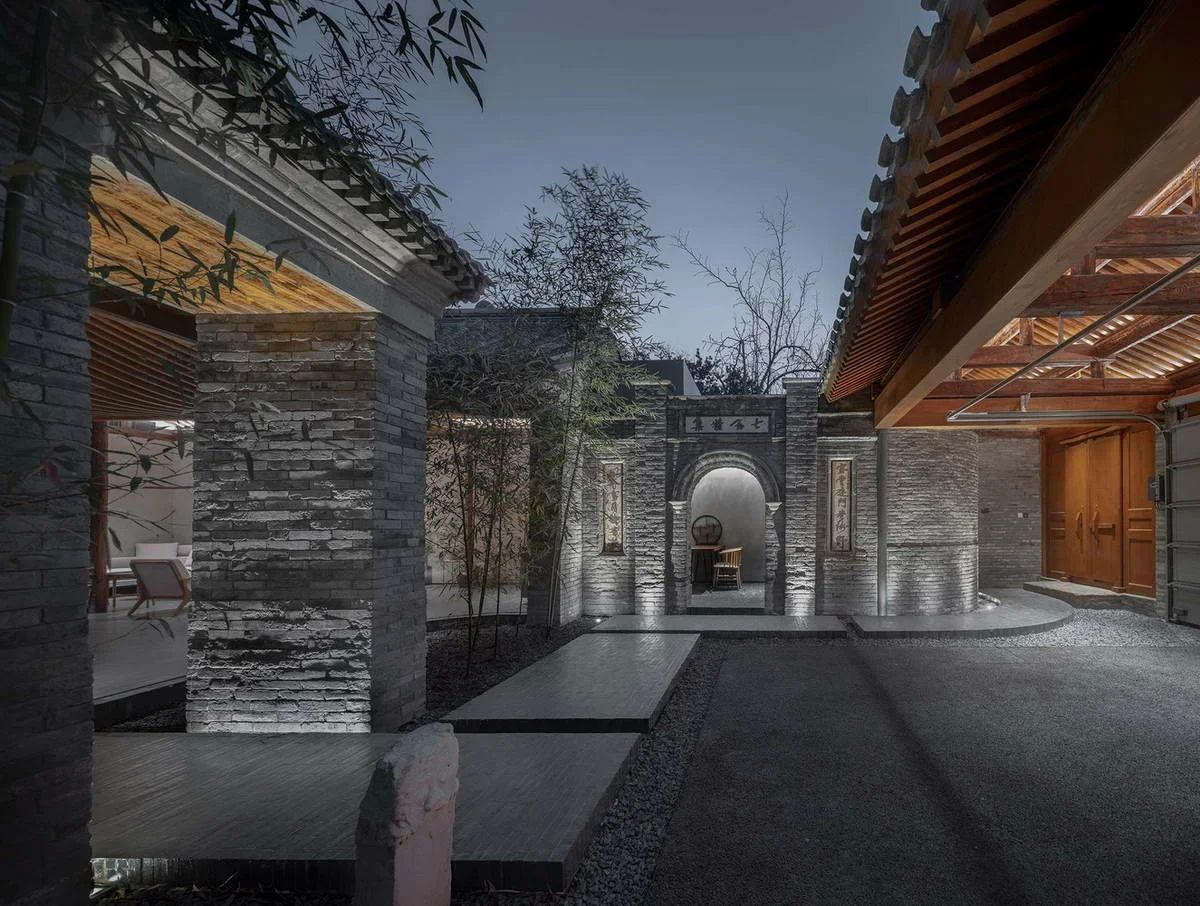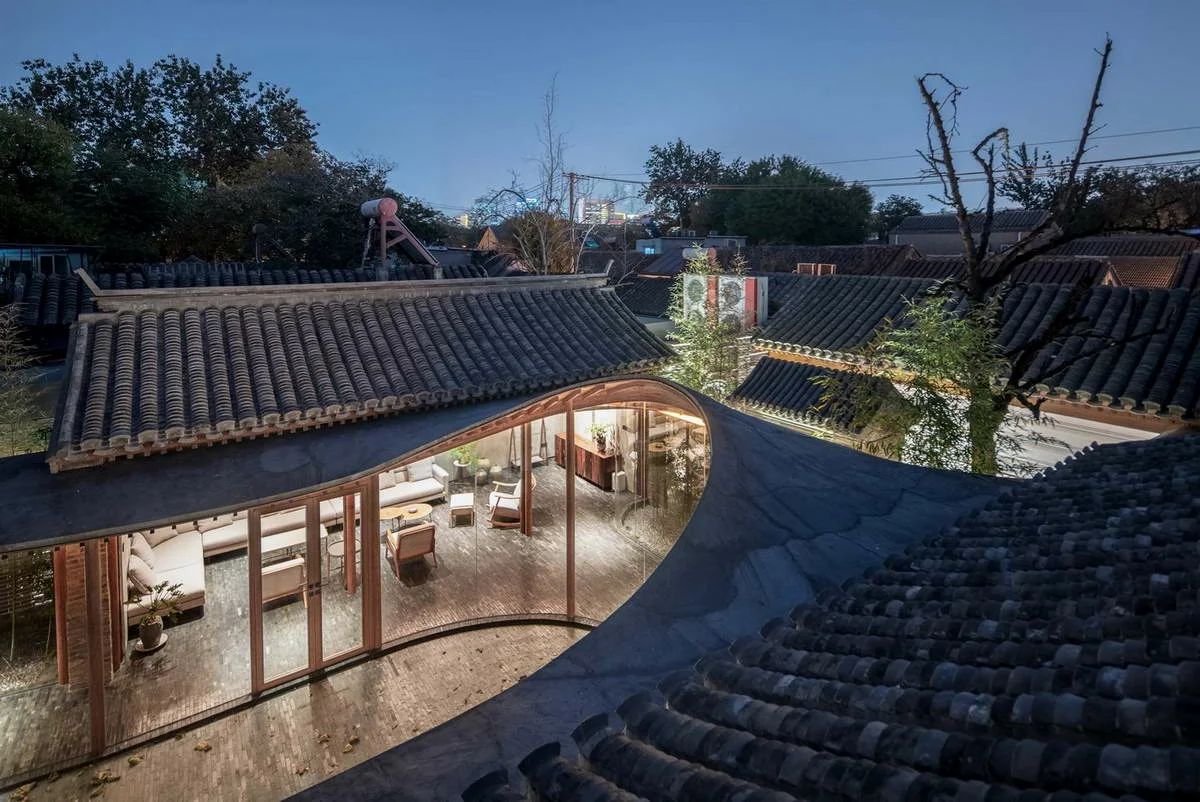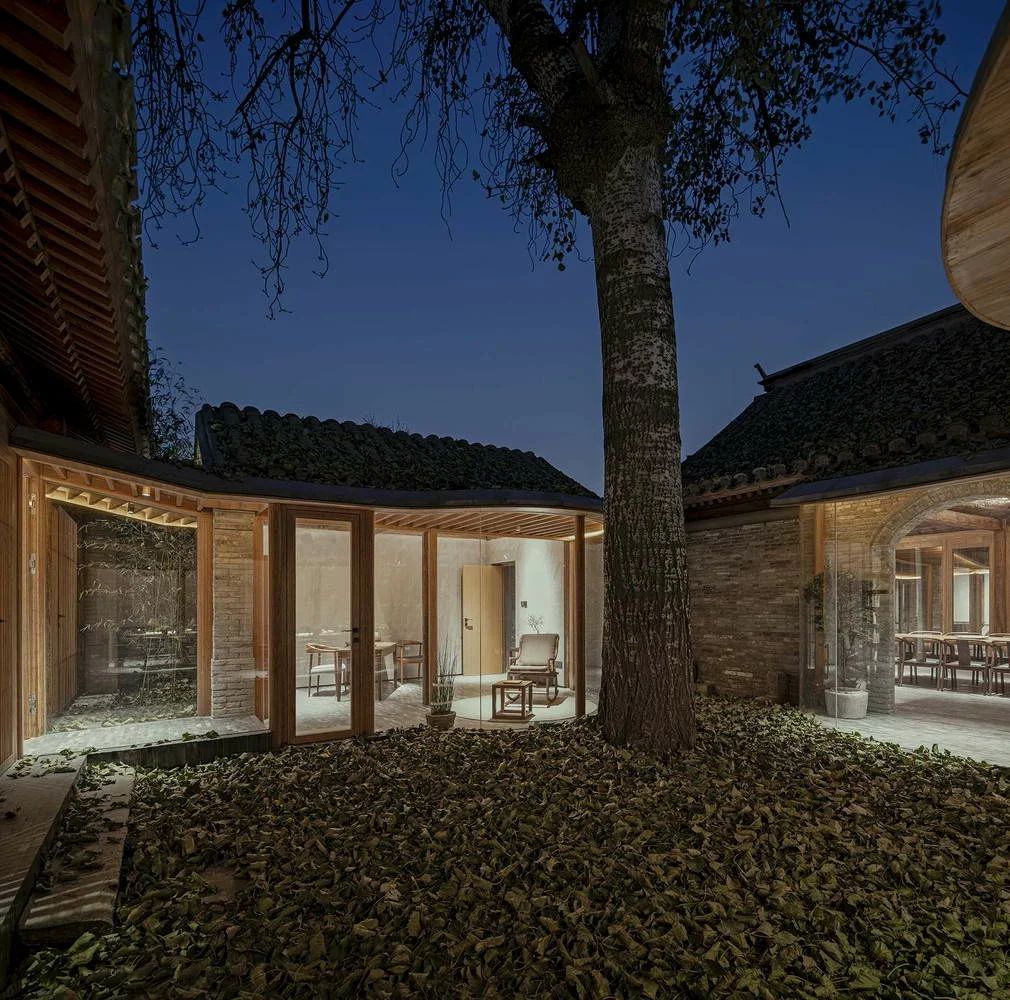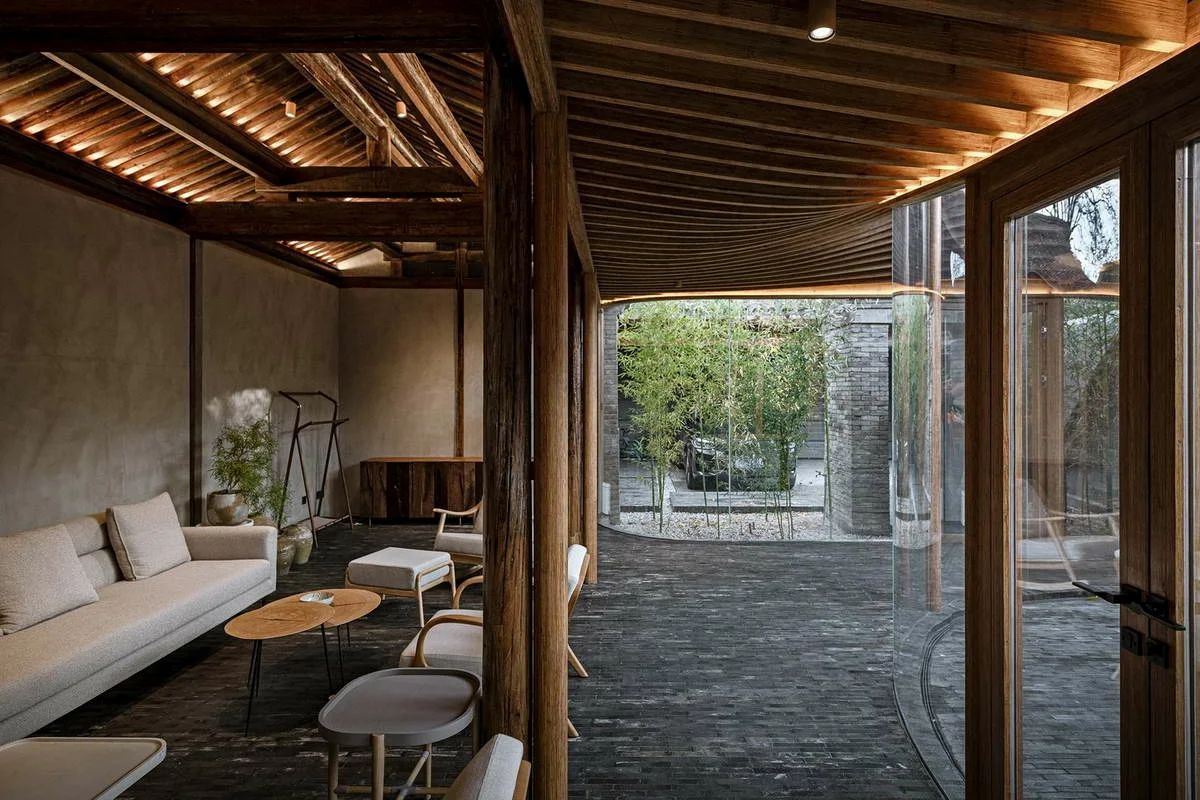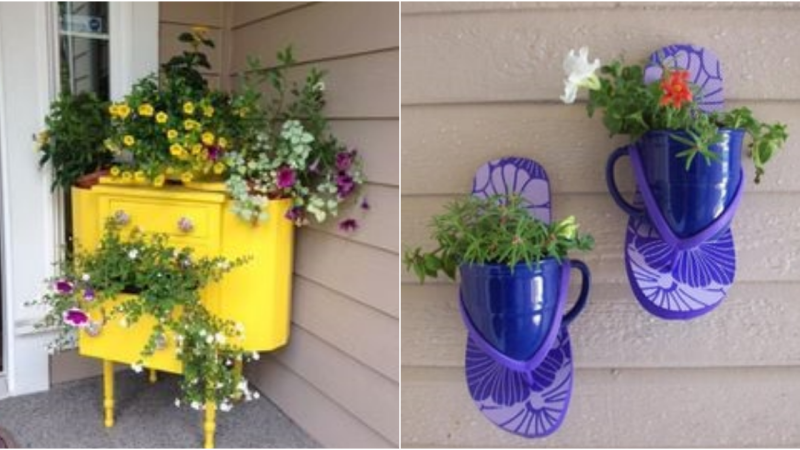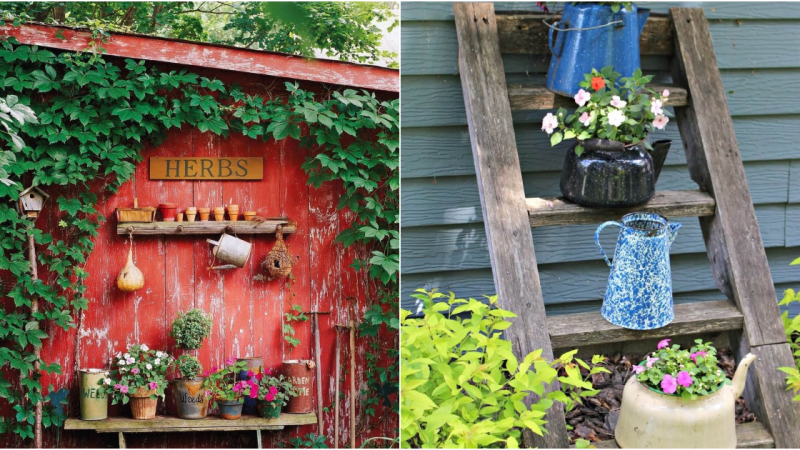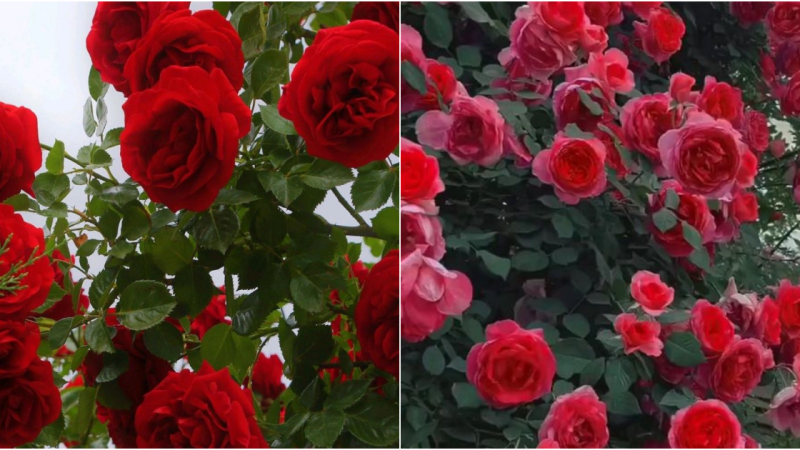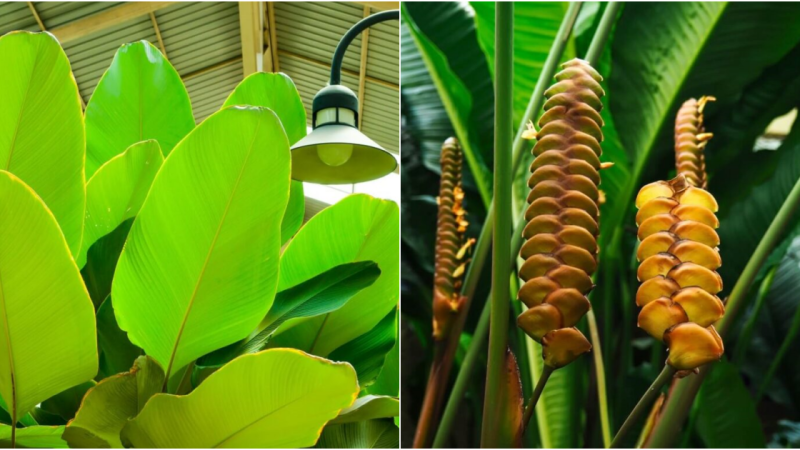Beautiful Renovation of a Semi-Destroyed Urban House: Blending Tradition and Innovation
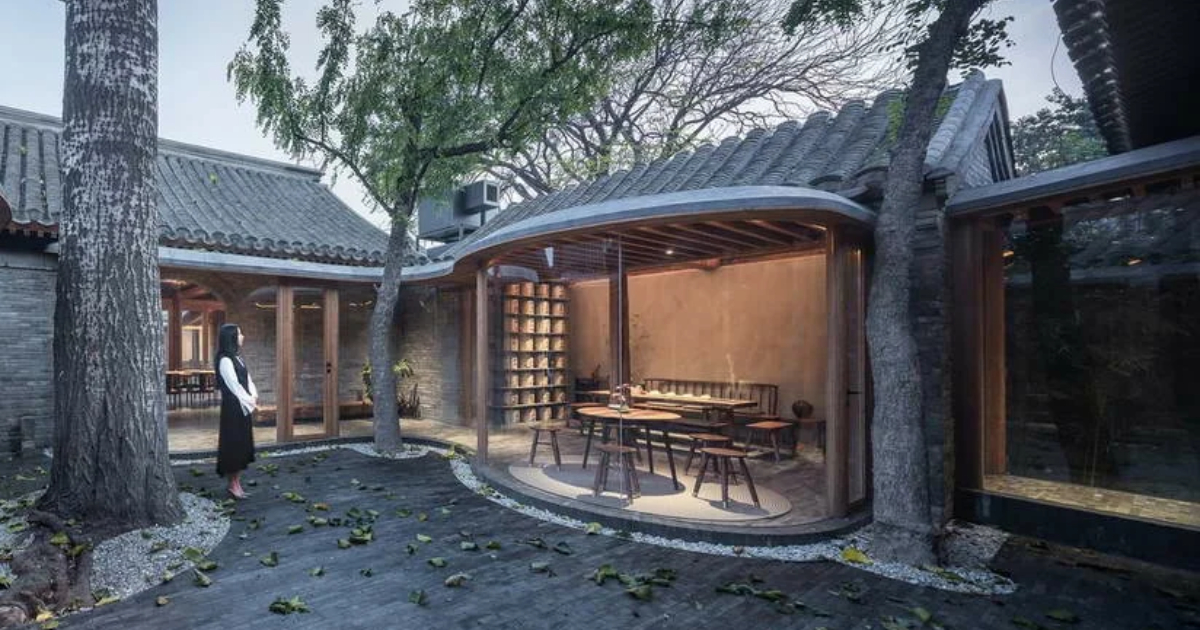
It is a small Siheyuan (a type of traditional residence) with three inner courtyards, measuring a total length and width of 15 and 42 meters respectively. It is called “Cishe” because its address number in the hutong is 7, and originally it consisted of seven buildings with a single-sloped roof.
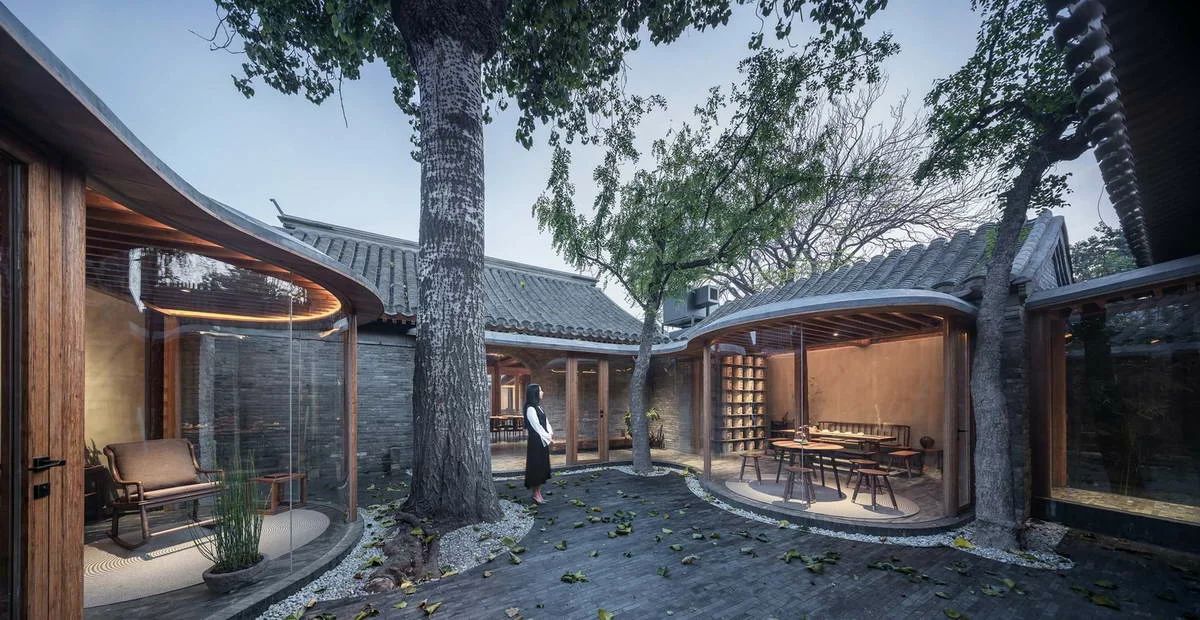
The Siheyuan was old and partially ruined before the renovation. While the main wooden beams and some arched doorways in the style of the Republican era were relatively well preserved, most of the roofs, walls, doors, and windows were heavily damaged or disappeared.
Many temporary structures had been built in the three courtyards many years ago. When approaching the project, the design firm ARCHSTUDIO set two goals: to renovate the old and insert the new. On one hand, the designers tidied up the houses, repaired all building surfaces, and reinforced the structures to reproduce the appearance of a traditional building in this region.
On the other hand, they introduced new residential spaces such as a bathroom, kitchen, and garage, pipes and pipelines, as well as new verandas. The old and the new were integrated into a new whole to better meet the future functional requirements for receiving and living in the complex.
The team of architects restored and preserved many valuable historical elements, such as the gates and carved arches of the doorways, and even the dry wood.
Additionally, the wall between the front and middle courtyards was dismantled and replaced with a transparent veranda. The veranda has a curved plane and varies depending on the landscape and spatial functions, closely blending with the curved edges of the sloping roofs, forming several arc-shaped transparent spaces that unite the houses, landscape, and sky into one picture.
In the inner courtyard, a part of the veranda roof was inclined downward, forming a curved wall behind which some functional spaces were located, including a toilet, service room, equipment room, and so on.
